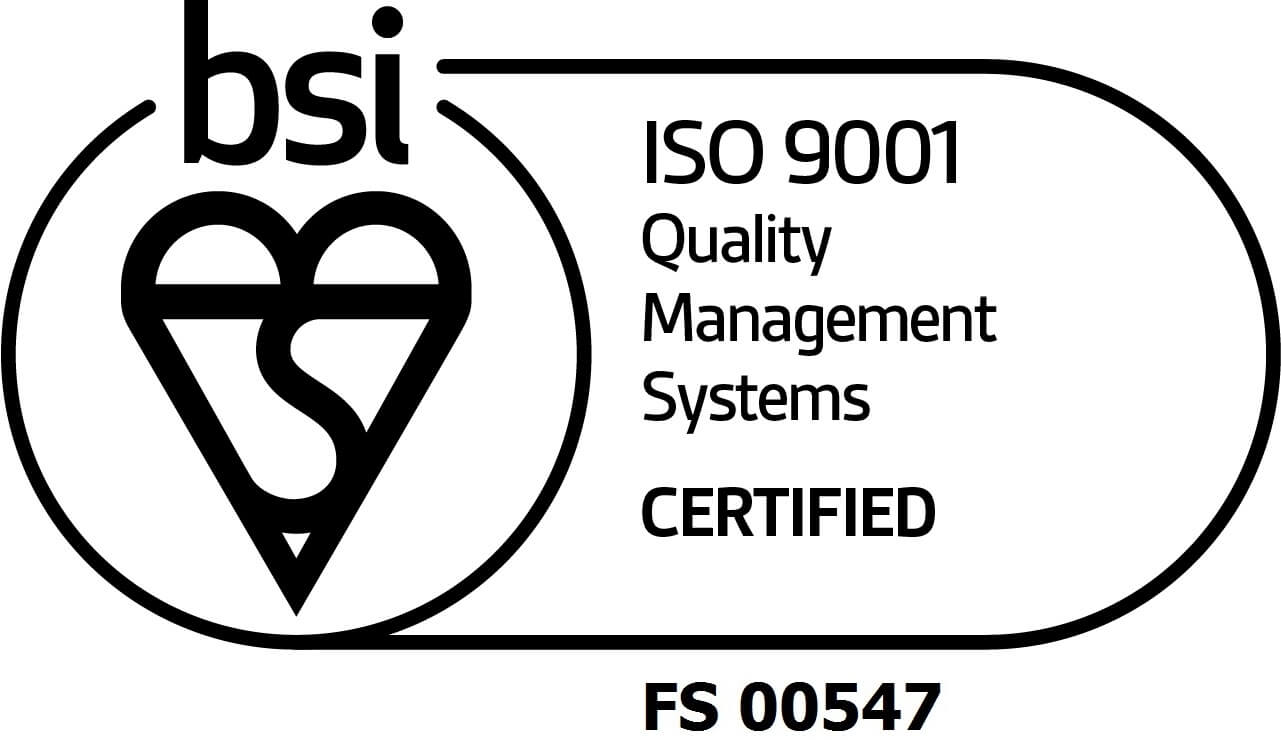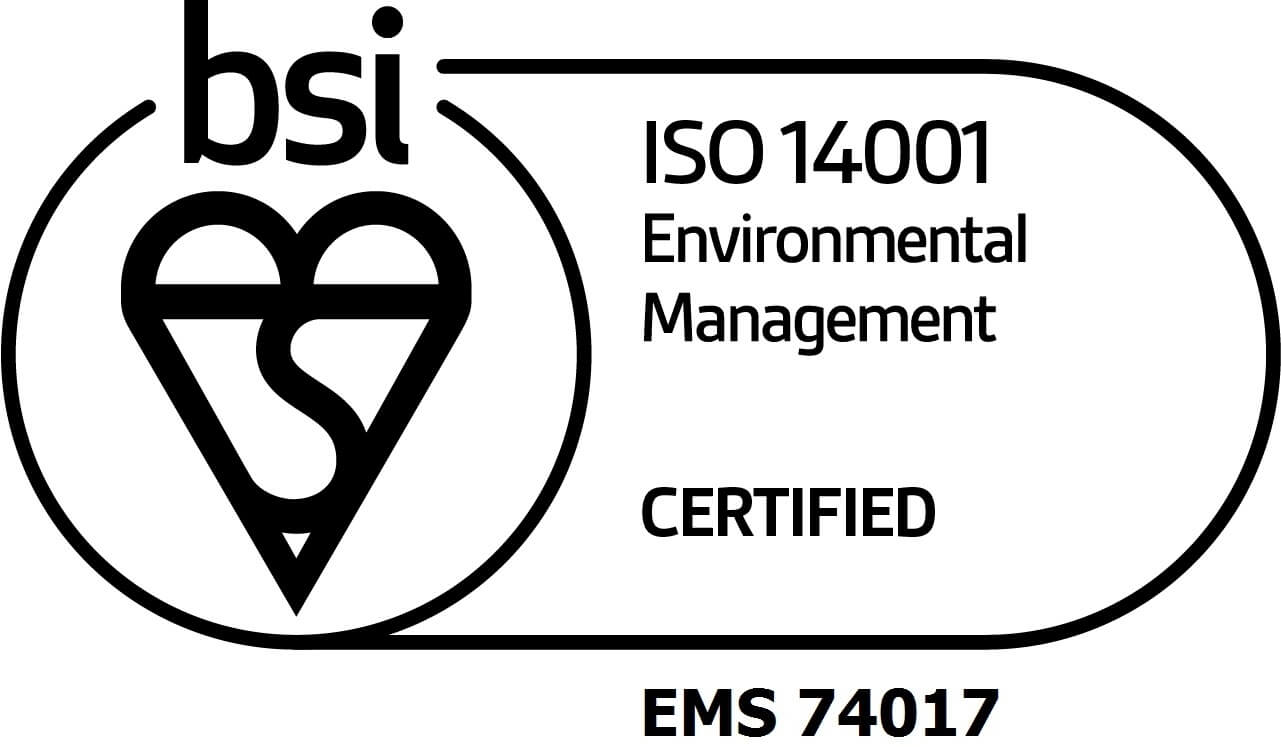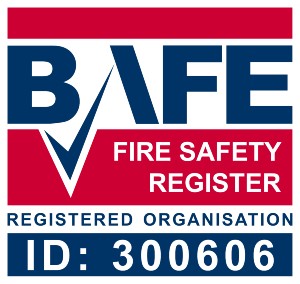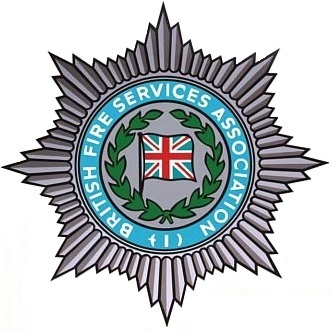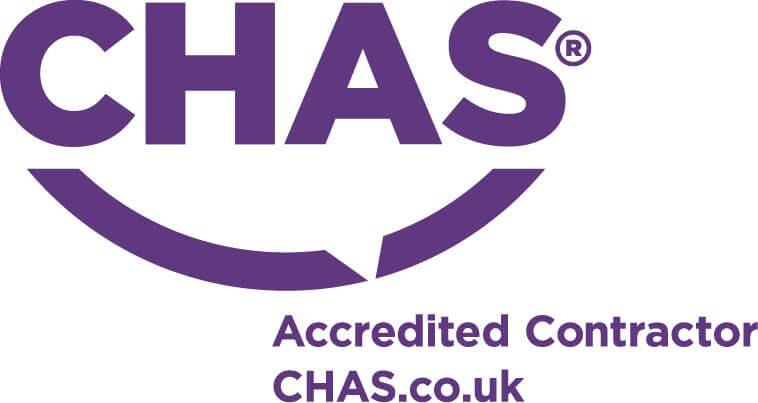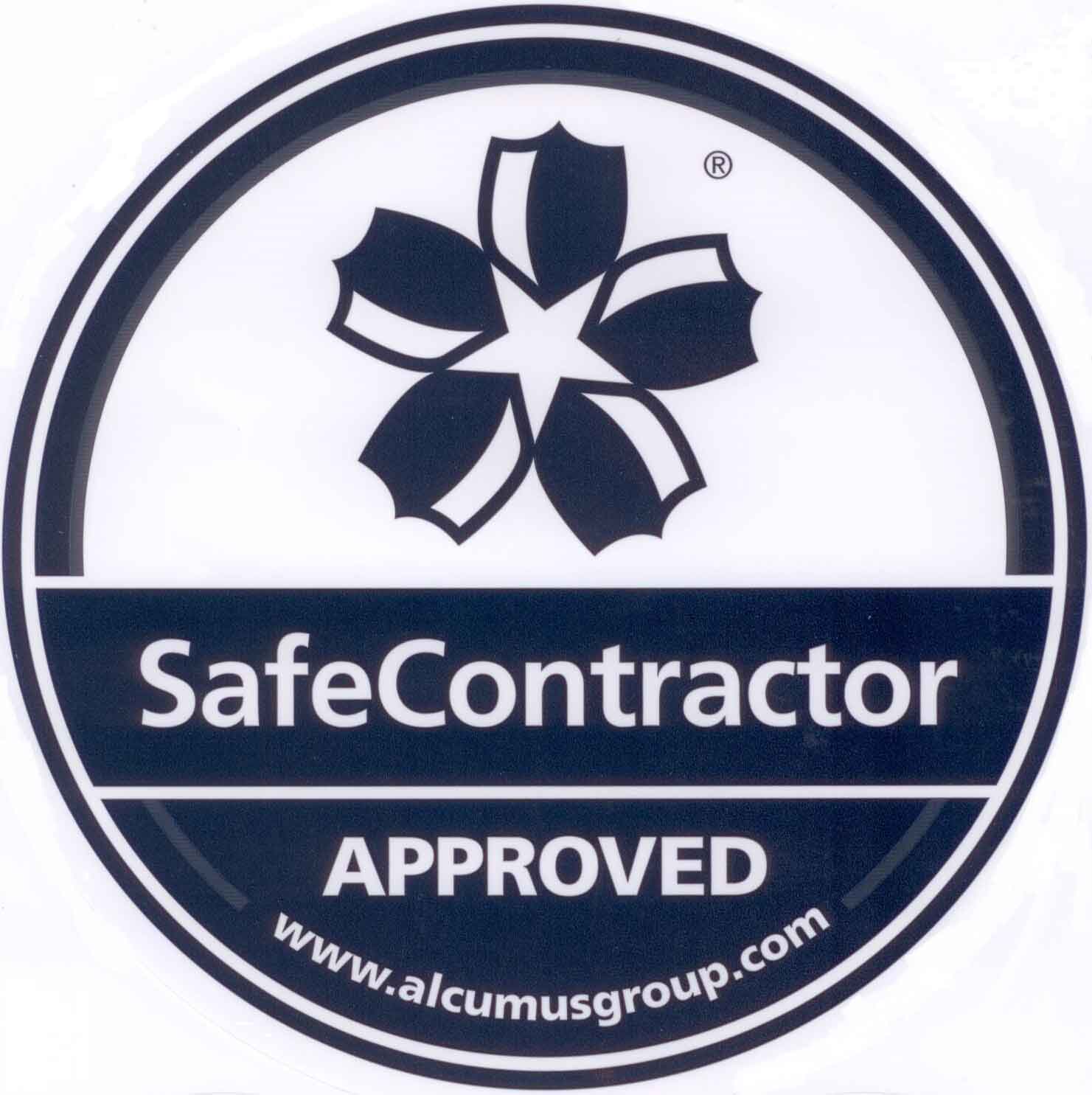Fire Safety Considerations for Care Homes
Fire safety is of the utmost importance, and should remain a top priority in care and residential homes. Vulnerable people who are in need of around-the-clock care may not be able to evacuate the building as efficiently as others, and so more assistance will be required. In order to ensure that everyone leaves the building in a safe and timely manner, there are a number of factors to consider. From fire wardens and fire extinguisher training to fire alarm installation and maintenance, City Fire Protection are on hand to help keep your residents, staff and premises safe.
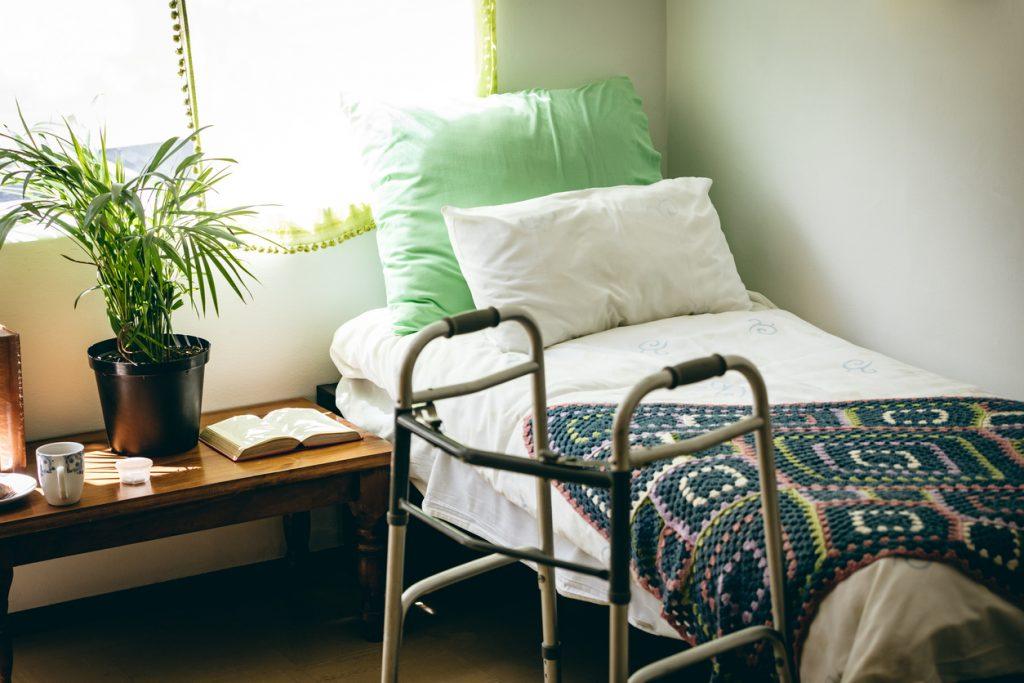
Fire risk assessments
The law requires that a responsible person should carry out a full risk assessment on your premises to ensure the safety of those who live and work in your care home. All employees must be fully trained to:
- Prevent the outbreak and spread of fire
- Limit the likelihood of a fire breaking out or spreading
- Recognise and remove potential fire hazards
- Know how to calmly and responsibly respond to an emergency situation
Employees must be kept up to date at all times regarding potential fire hazards and risks, in addition, it’s paramount that your staff keep you informed of any potential dangers they notice which could contribute to the outbreak or spread of a fire. Importantly, residents should also be continually kept up to date to ensure they’re fully aware of all risks and hazards – this will help to keep them safe also.
If you’d like a professional to carry out a fire risk assessment for you, then our team of engineers here at City Fire Protection can do one for you.
Essential steps involved in a fire risk assessment include:
Hazard identification
Observations should be made throughout the home to help identify the fire risks and hazards. Staff and residents should be spoken to regarding potential fire risks in order for them to notify you of anything they have noticed, or believe to be of importance. Manufacturer’s information should also be checked to cover all bases. Having acquired all relevant information, you can then determine which risks or hazards are most prominent.
Recognise who is most at risk
Consider how safe it would be for particular residents to evacuate the building. Not only is it important to vacate the premises safely, it should also be done in a timely manner, making the speed at which a resident can leave the building an important factor also.
Determine the precautions you will need to take
Once hazards have been determined, and residents have been individually assessed, then safety measures need to be put in place. For example, those with sight problems will need to be assisted out of the building by a trained member of staff, whereas someone with hearing problems will need to be alerted to a fire in a different way, perhaps by a sight-only alarm.
Those in a wheelchair will also need help exiting the premises, preferably by someone who is trained in both the moving and handling of patients and fire safety. Designated staff will need to be available at all times, together with dedicated, specialist equipment to help others with mobility issues.
Document and record your findings
By law, workplaces where five or more employees are present must ensure that findings and results are recorded in a log. However, even if you employ less than five people, it’s recommended that fire risk assessment findings are still documented. Keeping records can allow them to be reviewed at a later date to ensure you’re fully compliant with fire safety law.
Update and review accordingly
As residents, staff and equipment come and go, your fire safety arrangements should change to suit the current circumstances. This ensures that everyone is kept up to date, preparing them for a new fire risk assessment as and when it is needed.
Passive fire protection and prevention
It’s of paramount importance to try and prevent a fire from breaking out in your premises. It’s also important that, in the event that a fire does break out, passive fire protection measures are put in place to prevent it from spreading at rapid rates, giving your employees and residents enough time to evacuate the building. Methods of passive fire protection include:
- The installation of FD30 or FD60 fire doors
- Closing all openings that surround beams, cables and pipes
- Filling holes created by the removal of components
- Sealing gaps between walls and floors or walls and ceilings
- The installation of fire-rated glass
Fire prevention can also be achieved by:
Sufficient housekeeping
Waste (including smoking or hazardous materials) should be safely and responsibly removed from the premises. As well as this, hazardous spillages should be promptly cleaned up to avoid the outbreak of a fire. Hazardous chemicals, solutions and materials should be stored safely and responsibly in a suitable location.
Safe rules and practices
Kitchen staff should work safely and responsibly, such as preventing residents from entering the kitchen. This would ensure that a vulnerable person doesn’t come into contact with hot surfaces, naked flames, flammable liquids or hazardous materials. In addition, manufacturer’s instructions should be followed when doing laundry, particularly for washing and ironing equipment.
Sensible layouts
Kitchens, chemical storage and laundry rooms can pose fire risks, and so they should be kept a safe distance apart from each other. For example, the kitchen shouldn’t neighbour the chemical storage area. Likewise, the aforementioned rooms shouldn’t be situated close to bedrooms, communal areas or fire escape routes.
Fire and smoke alarms
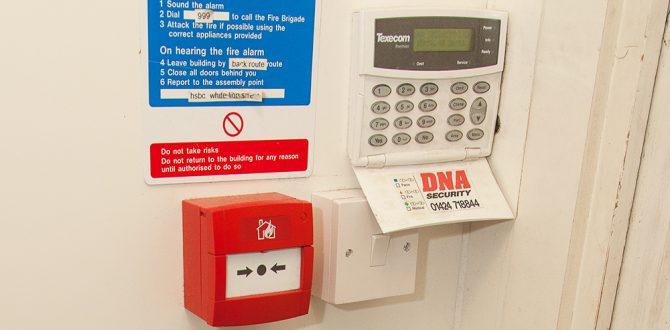
Residents in care homes may find it difficult to see or hear a fire alarm or activate one should they discover smoke or fire. As such, the needs and requirements of those residing in your care home will influence the type of alarm you’ll need to have installed.
City Fire Protection can provide you with a multitude of different fire alarms and detectors, giving you absolute peace of mind. We have professionals on hand to offer expert help and advice to ensure your staff and residents are kept safe at all times.
Each floor and exit should have a manual call point installed nearby – you must make sure both staff and residents recognise the sight or sound of a fire alarm. They must also know how to activate them should they discover smoke or fire.
Different alarms should be considered – visual alarms or personal pagers would be more suitable for those who are deaf or have hearing impairments. In some cases, silent alarms could prove to be more beneficial, only notifying staff should an emergency situation arise. This allows them to carry out an evacuation calmly and with ease.
Warning systems should alert everyone in the premises – it’s important that everyone in the building can hear the alarm sounding, and should be at least 75dBA. However, if loud alarms have the potential to panic residents, fire alarms should be 45dBA throughout the premises.
Fire alarm call points should be easily accessible – they should be fitted at a reasonable height (around 1.4 metres). They should also be a distance of no more than 45 metres apart.
Care homes must be fitted with L1 fire alarms
Detectors should be installed in all rooms and areas throughout the building, including:
- Boiler rooms
- Laundry rooms
- Roof voids
- Bedrooms
- Kitchens
- Communal areas
Areas of low fire risk do not need to be fitted with detectors, these areas include stairways, small cupboards and lobbies.
You should also consider having heat detectors installed as opposed to smoke detectors – steam from shower rooms can activate these, resulting in a false alarm.
Regular testing of alarms and detection systems – it’s advised that alarms installed in care homes should be tested every week, with detection systems being tested on a monthly basis.
Fire evacuation procedures
It’s important that fire evacuation procedures are put in place, particularly for those who are more vulnerable. Designated fire wardens should also be present in order to escort residents and other staff members safely from the premises. Here at City Fire Protection, we’re able to fully train your employees, ensuring fire wardens are always on hand to help in the event of a fire.
Fire evacuation procedures include:
- Keeping fire exits and escape routes free and clear at all times
- Clear signage and fully-functional emergency lighting
- Ensuring there’s an adequate number of fire extinguishers throughout the premises and that they can be easily accessed (they should only be operated by those trained to do so) – City Fire Protection can help with this, too
- Creating a Personal Emergency Evacuation Plan (PEEP) which explains the evacuation process to be used by a vulnerable person
- Conducting fire drills at least once a year
- Keeping an emergency box containing information about the residents in your care
- Ensuring all staff are trained and have received fire training
City Fire Protection are committed to ensuring the safety of our clients, and pride ourselves on keeping everyone safe in the event of a fire. Whether you’re looking to update an old fire alarm system, replace a fire extinguisher, or have staff who need up to date fire safety training, you’ll always be able to rely on our expert engineers. For more information about how we can help, get in touch with our knowledgeable team today – we operate throughout the whole of the United Kingdom.



